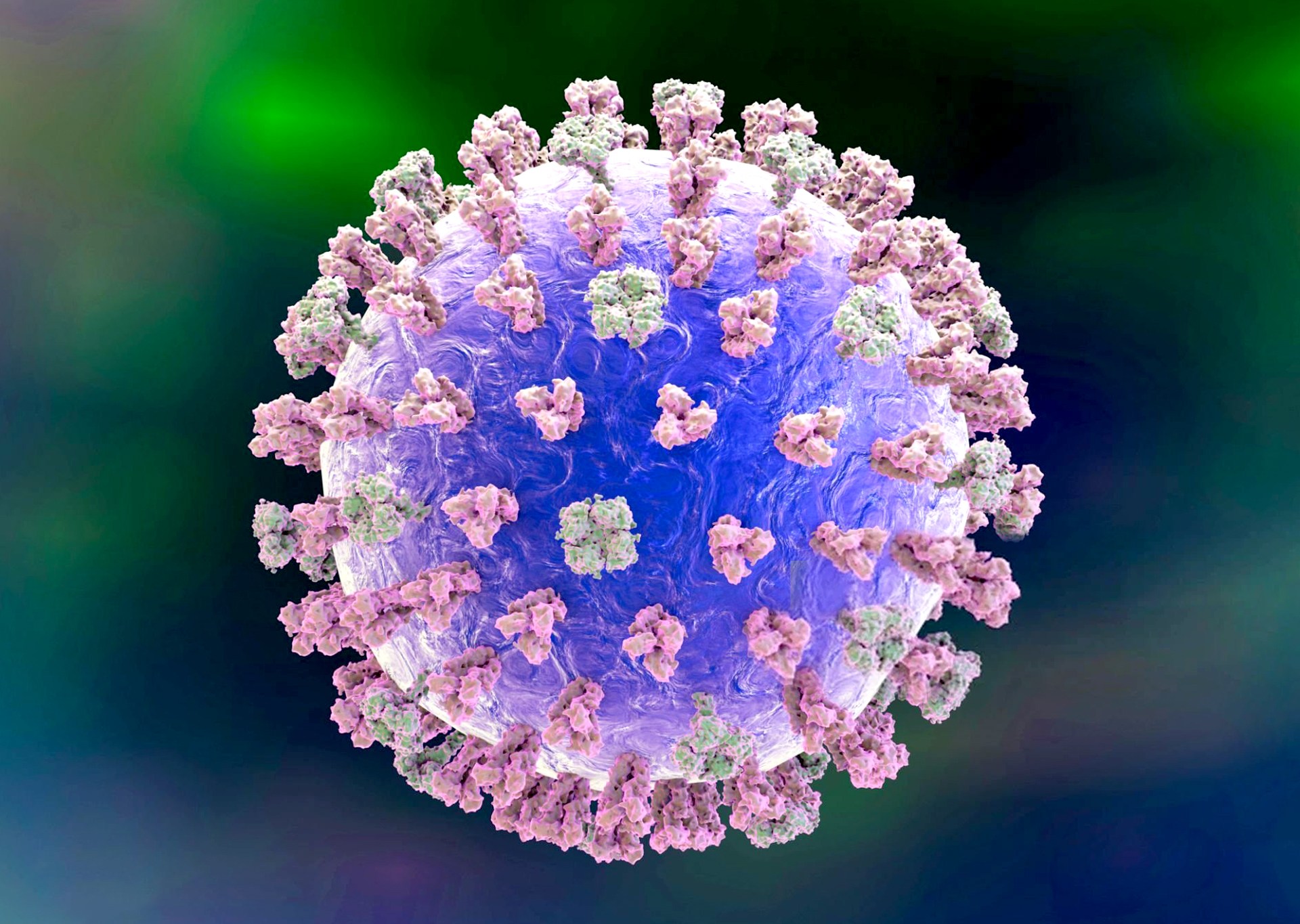Researchers from the Cluster of Excellence ImmunoSensation2 at the University of Bonn in Germany, in partnership with Japanese researchers, were able to use a chemical compound produced by bacteria to limit the multiplication of the influenza virus.
The research may contribute to the development of a new treatment for the influenza virus that integrates with existing treatments, and its results were published in the journal "Science" in early February and written about by the "EurekAlert" website.
The team led by Professor Hiroki Kato of the Institute of Cardiovascular Immunology at the University Hospital Bonn found a compound that inhibits the action of an enzyme called "methyltransferase MTr1" (methyltransferase MTr1) inside the body in a way that limits the multiplication of the influenza virus.
As for the inhibitory compound (ie the newly discovered treatment), it is a natural molecule called "trifluoromethyl tubercidin (TFMT") produced by bacteria of the genus Streptomyces.
The compound has been shown to be effective in lung tissue and in mouse studies, and has shown a synergistic effect with other drugs for the treatment of influenza.
In order for viruses to multiply, you need a body to incubate this reproduction.
In the host body, the virus injects its genetic material in the form of nucleic acid, which is used in the host cell to produce new viruses.
In order for the cell to distinguish the hereditary bodies of foreign bodies from its own genetic material, it uses a specific marking system by which it names the objects.
Our DNA, for example, is defined by a molecular cap that marks it as harmless.
This enables the immune system to react specifically to what it deems a threat to the safety of the body.
stolen cover
The molecular cap is formed from an RNA that carries a methyl group, and RNAs in this way do not stimulate an immune response, and if the molecules of this cap do not carry the immune system will be stimulated and attack the virus.
In order for the influenza virus to escape, it develops a special mechanism, and steals the cap from the RNA of the cell to cover itself with it, and this process is called "cap-snatching".
The enzyme, known as MTr1, provides the cellular messenger RNA with the molecular cap.
The research team was able to know the extent to which the influenza virus depends on this enzyme.
According to Dr. Yuta Tsukamoto, a researcher involved in this study, some viruses such as the SARS-CoV-2 virus (SARS-CoV-2) can make themselves a molecular cover, and in contrast, the influenza virus depends on stealing the covers of ribosomal acids, and from Then, if the enzyme that gives the caps to the RNAs is disabled, there will be no molecular caps available for the virus to steal.

